A recent report sheds light on the success rate of the U.S. defense system during Iran’s retaliation, showcasing a mere 25% effectiveness. This stark revelation contrasts sharply with Israel’s interception success rate, which stands at an impressive 90%.
According to Israel’s Army Radio, only two out of eight U.S. interceptors managed to successfully intercept Iranian projectiles during the recent drone and missile attack. The assault targeted Israeli positions in the occupied territories, raising concerns about the efficacy of U.S. defense mechanisms.
Iran’s offensive, which occurred on April 14, aimed to strike military targets in response to an earlier Israeli strike on the Iranian embassy in Damascus. Tehran’s military officials proudly announced the successful destruction of designated targets spanning from the Negev Desert to the Golan Heights.
Despite Tehran’s claims, Israeli and American media outlets have been mired in a flurry of contradictory information regarding the impact of Iran’s retaliation. Initially, Iran’s military spokesman asserted that 99% of the projectiles fired had been intercepted. However, U.S. officials contested this, suggesting that no more than 86% of the Iranian drones and missiles were neutralized.
Adding to the confusion, a recent report contradicts previous claims about the U.S. defense system’s performance. In contrast to an April Intercept piece, which indicated that the majority of Iranian projectiles were downed by the U.S., this latest revelation unveils a different narrative.
Beyond the conflicting statements, concerns over transparency have surfaced due to a ban on distributing footage showing the targeted areas during or after Iran’s attack. This lack of transparency from Israeli and American authorities further complicates the understanding of the situation.
In light of these revelations, questions loom over the efficacy of U.S. defense systems in the face of evolving threats, prompting a reassessment of future strategies and capabilities.


